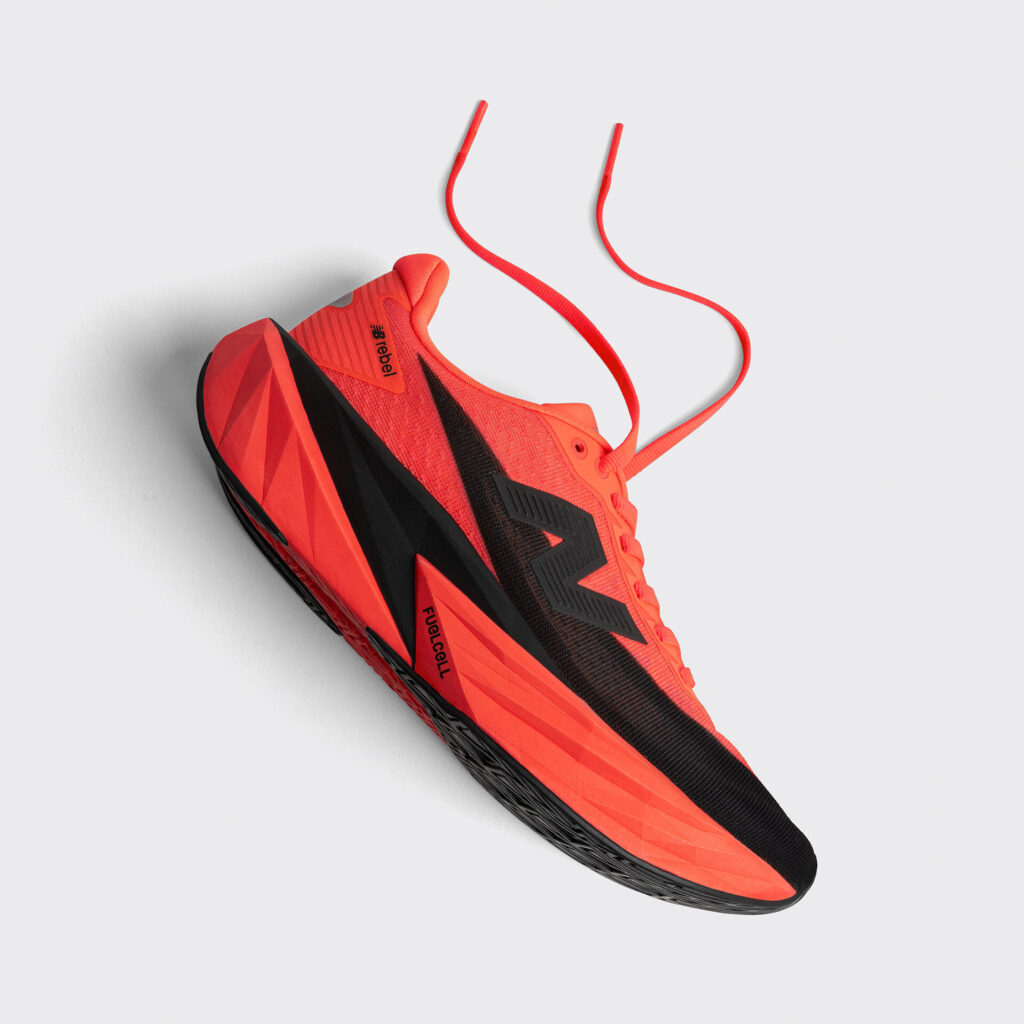
But suppose you’re in that no-man’s-land we call skinny-fat. You aren’t technically overweight, but you have a lot of fat to lose. And you aren’t exactly skinny, not in the strangers-can-count-your-ribs-from-across-the-room sense of the word, but you stay far away from beaches, pools, or any other situation where you might be expected to take off your shirt.
What’s your strategy?
Conventional wisdom says you have to choose: Either lose fat and get even skinnier, or build muscle that remains buried under layers of fat. Bulk and then cut, or cut and then bulk.
But for the skinny-fat guy who’s new to serious lifting, it’s possible to do both simultaneously. Alan Aragon, MH fitness advisor, calls it “culking.” The reason is simple: The skinny-fat guy is a target-rich environment in both directions. “He’s nowhere near his genetic limits for fat loss or muscle gains,” Aragon says. “He has the fat to lose as well as the muscle to gain.”
Aragon says it’s possible to shed 1 to 2 kilograms of fat a month while gaining a kilo or two of muscle. Here’s how to pull it off.
Step 1: Train hard
When I see inexperienced, underdeveloped guys in the gym, they typically follow one of these two strategies:
• Timid circuit routines, using the gym’s machines in whatever order they’re arranged
• Bizarro World bodybuilding routines, with more time spent on biceps curls than on all lower-body exercises combined
That’s anecdotal, of course. But I’ve been working out in commercial or corporate gyms since 1980, and it’s based on a lot of anecdotes. What I’ve rarely seen a novice lifter do is focus on primary movement patterns – squats, deadlifts, presses, rows, pullups and chinups. They use the most muscle and develop the most total-body strength.
More important, they improve your body from the inside out. They strengthen bones and thicken connective tissues as they increase musclemass. Those structural fortifications are the key to substantial, impressive, and sustainable muscle growth.
Step 2: Eat plenty
It’s tempting to cut calories when you want to lose fat. But food is your ally when you culk, for three good reasons:
1. It gives you energy to train hard, and to recover from your workouts.
2. It provides protein to build new muscle tissue.
3. It speeds up your metabolism.
You can’t underestimate the power of #3. Digesting the food you eat accounts for 10 per cent of your daily metabolism. With a higher-protein diet (up to 1 gram of protein per pound of your target body weight), it should be more than 10 per cent. Moreover, the combination of eating and training increases your energy flux, a measure of calories going in and out. The more muscle you have, the harder you train, and the more you eat, the higher your energy flux.
But if you cut calories, you don’t just reduce the amount of energy coming in; you reduce the amount you burn through digestion and exercise. It’s a recipe for skinny-fat.
Let’s say your target body weight is 80 kilograms, and that you plan to work out hard for three hours a week. If you have a relatively fast metabolism, you should be aiming to eat 2625 calories per day.
The number may be more or less than you’re eating now. Either way, there’s a lot of it, which you’ll need for a successful culk.
Step 3: Be consistent
The numbers I threw out are an abstraction, since they don’t tell you what to eat, or when. “Getting wrapped up in the numbers is less important than staying consistent with the program,” Aragon says. “These targets are guidelines, not gospel.”
What doesn’t work is what you’ve already done: random meals at random times, with random workout programs you started but never used long enough to see results. That’s how you become skinny-fat. A successful culk requires that you give yourself some basic rules to follow:
1. Choose a serious strength-training program and stick with it. Muscle is your best weapon against fat, but you can’t use what you haven’t yet built.
2. Eat the same number of meals each day, at the same times. It doesn’t matter how many you have or when you have them, only that you establish a pattern and stick with it, giving your muscles a consistent amount of protein and your body a consistent amount of fuel.
3. Give yourself some slack: a small daily indulgence, or a couple of bigger ones each week. As long as 80 to 90 per cent of your total calories come from whole or minimally processed foods – what you think of as “healthy” choices – you can get away with having a little fun with the balance.
It’s easy to be consistent when you’re getting fast, visually satisfying results. But it’s much harder to stick with the program when the results slow down. That’s when you begin to understand why so few people pull off a successful culk: they quit too soon.
“Remember that progress is progress, and you’re looking at the long haul,” Aragon says. Over time, every pound of muscle you add gives you a bigger hammer to smash whatever fat remains. The farther you get from skinny-fat, and the closer you get to studly-lean, the more sense it all makes.
This article was originally published on MensHealth.com













